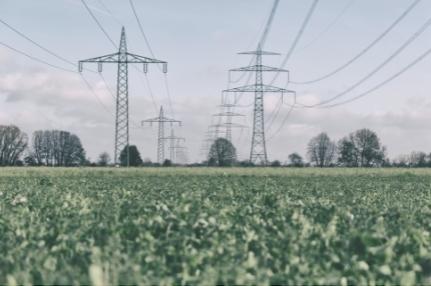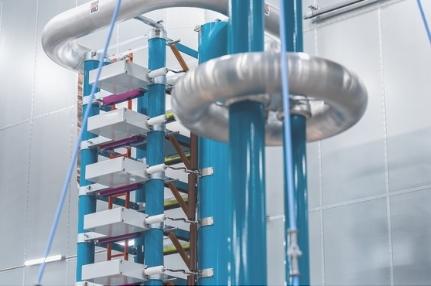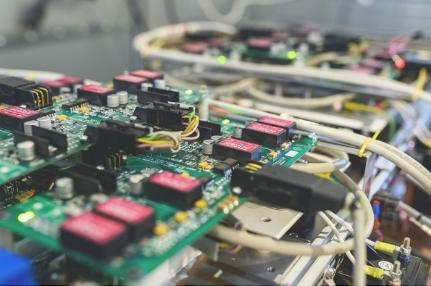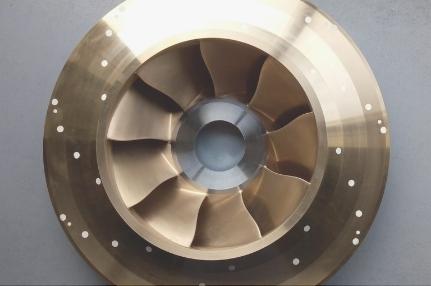Research & Collaboration
What makes us unique?
SuperGrid Institute owes its success to the people who make up our various research departments. Our teams come from diverse backgrounds in industry and academia, and their wealth of experience and skills make the Institute unique. Each individual brings specific expertise to the table.
This melting pot of knowledge offers opportunities for specialists from different fields to collaborate on new and innovative solutions to technical problems.
The Institute also benefits from close collaborative relationships with industry and academic institutions. The complementary strengths of our partners provide insights and innovative approaches to technical challenges. At the same time, we retain total independence in our research. Public-private investments and collaborative projects finance our work.
SuperGrid Institute’s state-of-the-art research facilities, test platforms and laboratories at the Villeurbanne and Grenoble sites are key to the success of our five research departments.

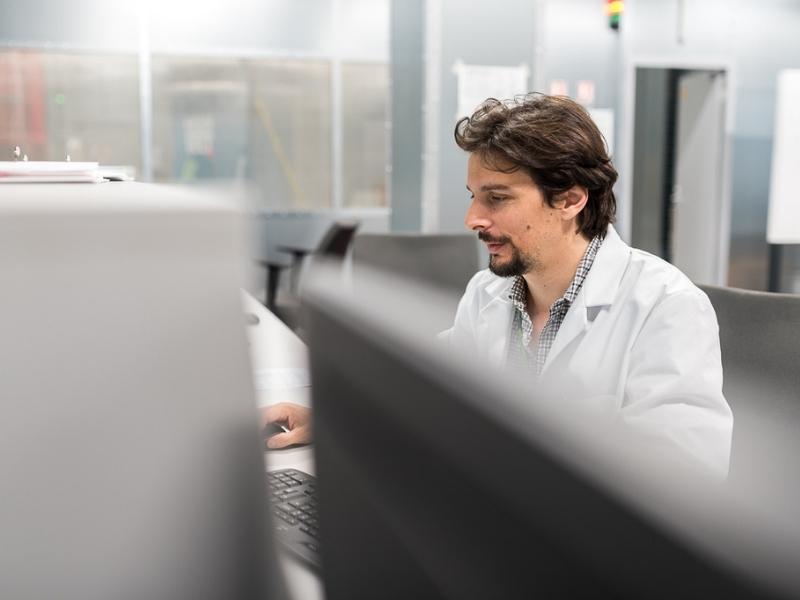
Latest scientific publications
Evaluation of HVDC cable impedance and admittance matrices by finite element method
In this work, a 2D Finite Element Method (FEM) is used to calculate the frequency dependent impedance and admittance matrices of underground and submarine cables. A harmonic magnetodynamic formulation is used to calculate the series impedances, and for the calculation of the parallel admittance an electrodynamic formulation is applied.
Robustness study of 1700 V 45 mΩ SiC MOSFETs
The threshold voltage instability is a main reliability issue of Silicon Carbide MOSFET transistors. It is a critical parameter when it comes to give a failure in time rate for industrial power applications. In this context, a static ageing test based on JEDEC standard is proposed and the resulting gate oxide degradation is studied and discussed in this paper.
Technical and economic analysis of the R-type SFCL […] in HVDC grids
Mainly used in AC grids, resistive type superconducting fault current limiters may be still more interesting for DC systems due to their capability to reduce high short circuit currents appearing in case of DC cable fault. This limiter reduces the breaking capability, speed, and energy requirements of the required DC circuit breaker allowing the implementation of electro mechanical breakers for fault current interruption. These breakers have lower breaking capability, on load losses, and investment costs in comparison with hybrid circuit breakers based on power electronics. This paper presents a technical and economic analysis of a superconducting fault current limiter used in a radial three terminal high voltage DC grid to protect a cable link. Based on simulation studies using an electro magnetic transient program, an effective system protection will be demonstrated with special attention to the continuity of power flow through healthy parts of the grid.


